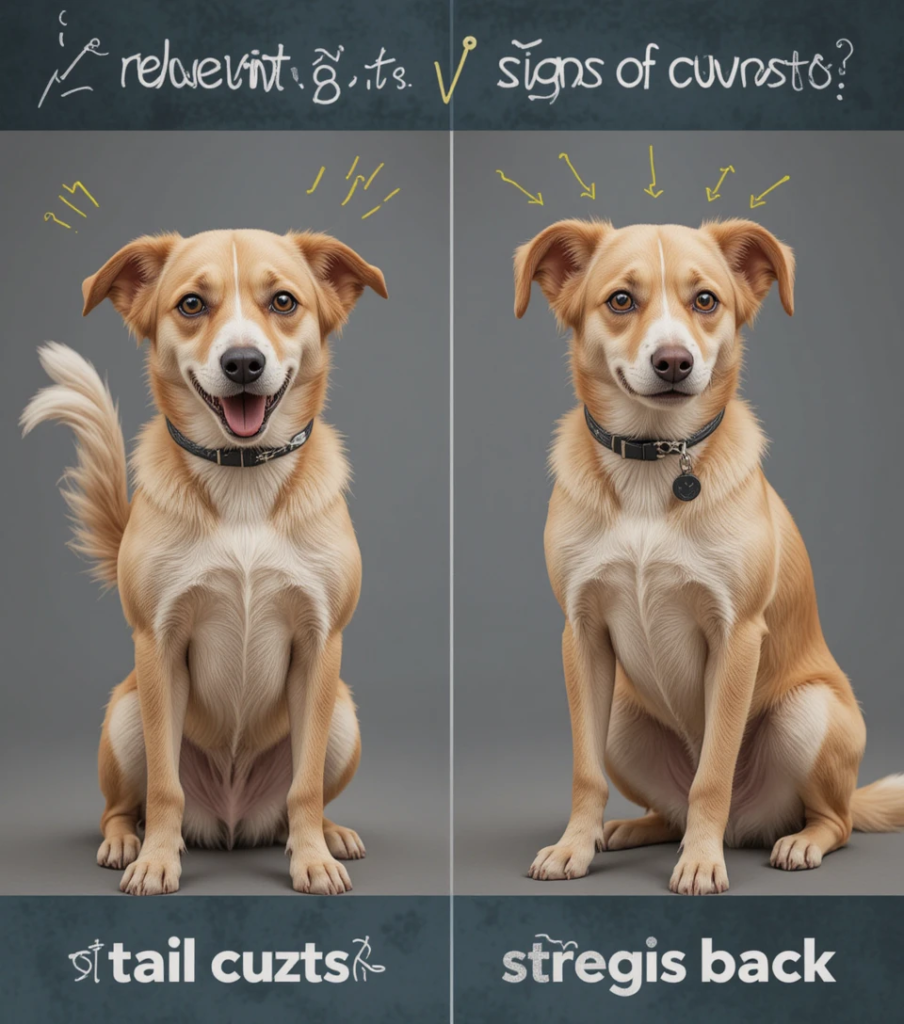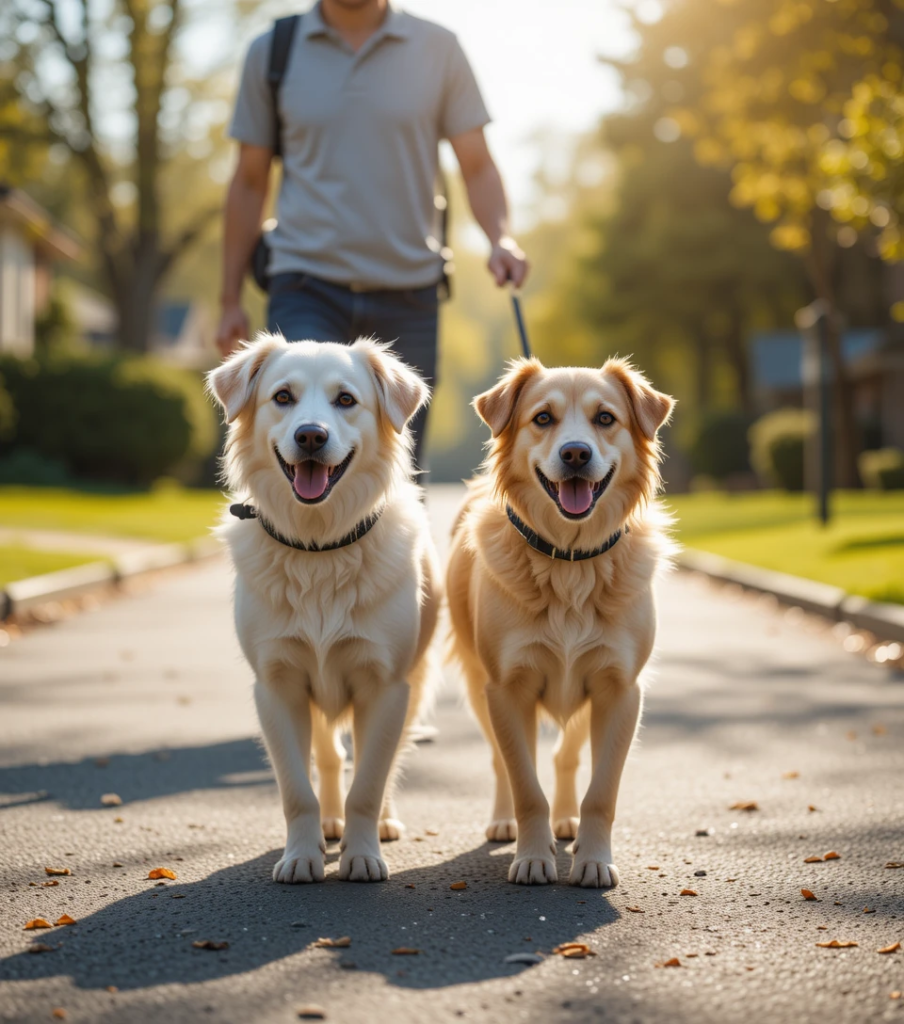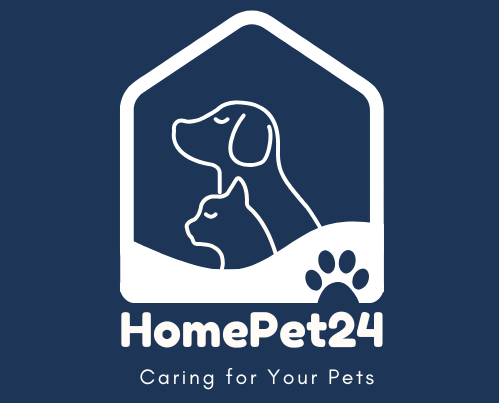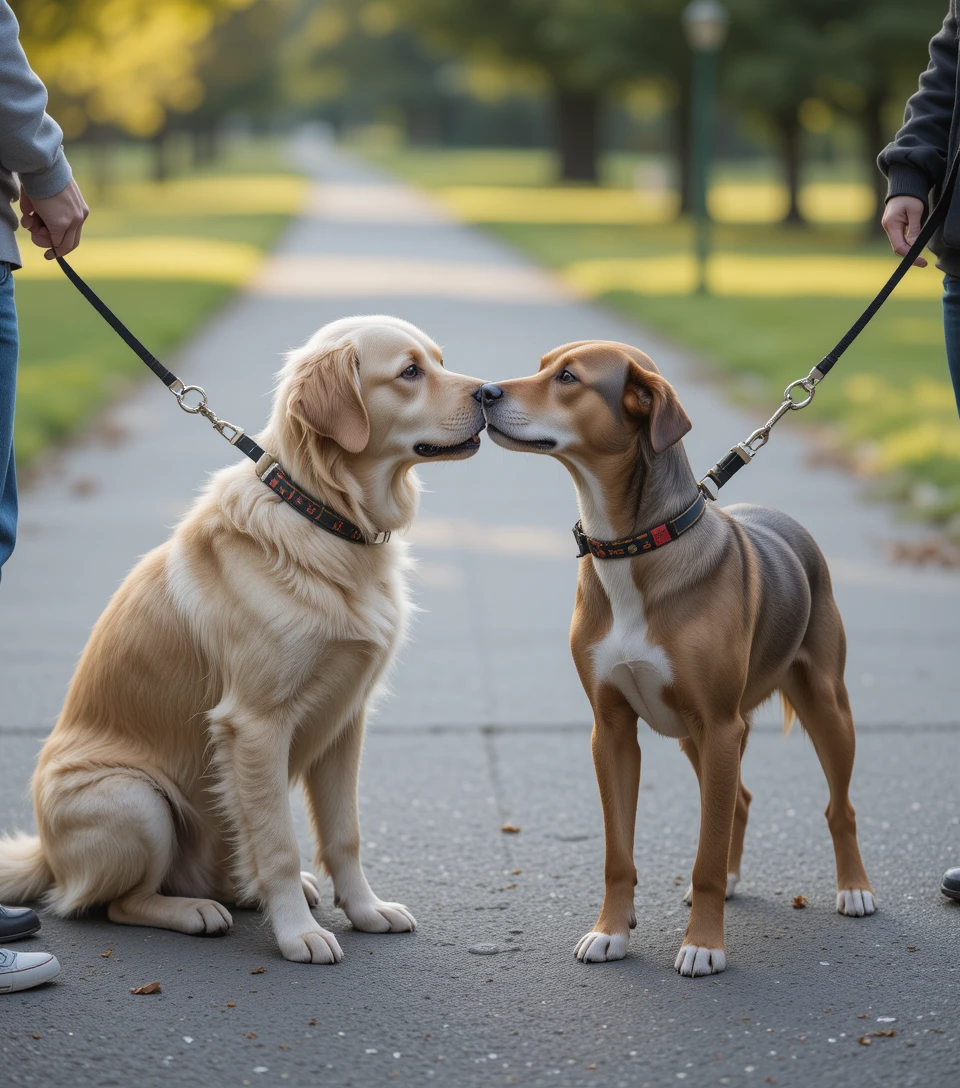Bringing a new dog into your home is exciting—but it can also be a little nerve-wracking when you already have one or more dogs at home. The way dogs are introduced can set the tone for their relationship long term. The good news? With the right approach, you can make the introduction smooth, safe, and even enjoyable for everyone involved.
This guide walks you through stress-free steps for introducing your new dog to your resident dog(s), using positive reinforcement, clear canine communication, and a dash of expert-backed guidance.
1. Understand Your Current Dog’s Personality
Before bringing home a new dog, take a moment to reflect on your current dog’s temperament:
- Is your dog playful or territorial?
- How does your dog react to unfamiliar dogs?
- Is your dog anxious, assertive, or laid-back?
Understanding your dog’s personality and comfort zone helps you anticipate how the introduction might go and tailor your approach accordingly. Dogs are social animals—but not every dog appreciates a surprise guest in their space.
2. Prepare a Neutral Meeting Space
First impressions matter, especially in the dog world. Introducing dogs on neutral ground, like a quiet park or open yard where neither feels territorial, can ease tension.
Avoid tight spaces or rooms where either dog might feel trapped. Both dogs should be leashed, but the leash should remain loose and relaxed to avoid creating tension.
🐾 Pro Tip: Have two handlers—one for each dog—so you can observe and manage their reactions independently.
3. Keep Dogs on a Leash—But Loose and Relaxed
A tense leash often translates into a tense dog. Keep leashes slack but secure so both dogs feel free to move naturally.
Allow them to sniff briefly, then separate. Repeat this in short spurts. Use positive praise and treats for calm behavior. If either dog stiffens, growls, or freezes, it’s time for a break.
4. Watch for Body Language Cues

Dogs communicate volumes through their body language. Learn to read these subtle signs:
- Relaxed body, loose wagging tail: Interested and open
- Ears pinned, tail tucked, growling: Nervous or defensive
- Play bowing, tail up, bouncy movements: Inviting play
Redirect negative energy early and praise positive interactions generously. Always stay calm—your dogs take emotional cues from you.
5. Short, Supervised Sessions at First
Let the dogs interact for short, controlled sessions during the first few meetings. Keep these sessions supervised, positive, and distraction-free.
Increase the duration gradually as both dogs grow more comfortable. End on a good note with a reward and separation, so they associate one another with positive experiences.
6. Bring the New Dog Home—Slowly
When you feel ready to bring your new dog into the house, don’t just open the door and let them loose.
Start with leashed, guided tours of the house and let your current dog watch calmly from a distance. Scent swapping—giving each dog access to items that smell like the other—can also ease transitions.
Use crate training or designated spaces to give both dogs time to adjust without direct contact.
7. Use Barriers to Manage Early Interactions
Set up baby gates, crates, or x-pens to allow the dogs to see, smell, and hear each other safely.
These tools provide structured exposure and prevent territorial behavior. Let them interact through barriers before supervised, off-barrier time together. Don’t rush full freedom—let trust build.
8. Maintain a Routine for Both Dogs

Consistency reduces stress. Stick to a clear feeding, walking, and play schedule for both dogs. Dogs thrive on routine, and it helps prevent jealousy or anxiety.
Feed them separately at first to prevent resource guarding. Gradually work up to shared activities like walks or outdoor play.
9. Reward Calm, Friendly Behavior
Dogs learn best through positive reinforcement. Use treats, praise, and affection to reward calm body language, shared sniffing, or parallel walking.
Avoid scolding or punishing negative behavior—this can increase anxiety or aggression. Instead, redirect and reward desirable responses consistently.
10. Know When to Get Professional Help
If the dogs are showing persistent aggression, anxiety, or fearful behaviors, don’t push it. Seek help from a certified professional dog trainer or canine behaviorist. Every dog is different, and expert guidance can prevent long-term problems.
Conclusion
Introducing a new dog to your current dog(s) doesn’t have to be stressful. With preparation, patience, and positivity, you can help them build a bond rooted in trust, respect, and shared joy. Keep your expectations realistic, celebrate small wins, and remember—just like people, dogs need time to get to know each other.
Top 10 FAQs
1. How long does it take for dogs to get used to each other?
It varies—some dogs click in hours, others may take weeks. Patience and consistency are key.
2. Should dogs meet on-leash or off-leash for the first time?
Leashed introductions in neutral areas are safest. Off-leash intros should only happen if both dogs are well-socialized.
3. What are signs my dog is stressed when meeting a new dog?
Look for yawning, lip licking, tail tucking, freezing, or growling—these are signs to pause the interaction.
4. Is it better to introduce dogs inside or outside the home?
Outside in a neutral, open area is ideal to avoid territorial behavior.
5. Can I leave my new dog alone with my current dog?
Not at first. Always supervise until you’re confident they are safe and relaxed together.
6. What should I do if the dogs growl at each other?
Interrupt calmly, redirect with treats or space, and resume only if both dogs relax. Don’t punish the growl—it’s a communication tool.
7. Should I feed my dogs together right away?
No. Feed them separately at first to prevent guarding or tension over food.
8. How do I stop one dog from being jealous of the other?
Spend quality time with each dog, maintain routines, and use positive reinforcement to promote sharing.
9. Are some breeds harder to introduce to other dogs?
Some breeds are more territorial or dominant, but individual temperament matters more than breed.
10. When should I call a professional dog trainer for help?
If you’re seeing persistent aggression, fear, or tension, reach out to a certified trainer or behaviorist.

